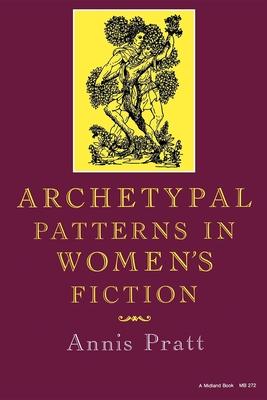Archetypal patterns endure because they give expression to perennial dilemmas submerged in the collective unconscious. Having examined more than 300 novels by both major and minor women writers over three centuries, Annis Pratt perceives in women's fiction distinctive elements of plot, characterization, image, and tone. She argues that women's fiction should be read as a mutually illuminative or interrelated field of texts reflecting feminine archetypes that are signals of a repressed tradition in conflict with patriarchal culture. Pratt suggests that the archetypal patterns in women's fiction provide a ritual expression containing the potential for the reader's personal transformation and that women's novels constitute literary variations on preliterary folk practices that are available in the realm of imagination even when they have long been absent from day-to-day life.

Archetypal patterns endure because they give expression to perennial dilemmas submerged in the collective unconscious. Having examined more than 300 novels by both major and minor women writers over three centuries, Annis Pratt perceives in women's fiction distinctive elements of plot, characterization, image, and tone. She argues that women's fiction should be read as a mutually illuminative or interrelated field of texts reflecting feminine archetypes that are signals of a repressed tradition in conflict with patriarchal culture. Pratt suggests that the archetypal patterns in women's fiction provide a ritual expression containing the potential for the reader's personal transformation and that women's novels constitute literary variations on preliterary folk practices that are available in the realm of imagination even when they have long been absent from day-to-day life.